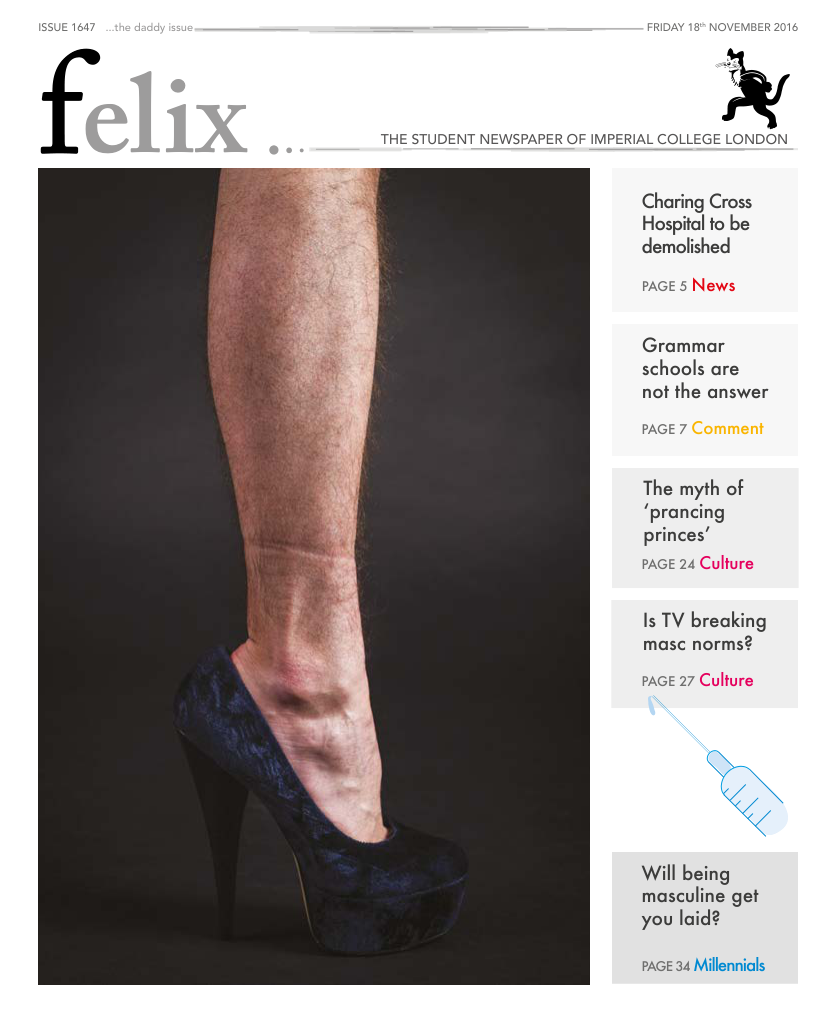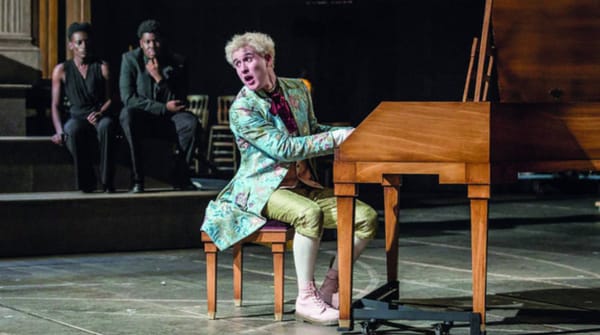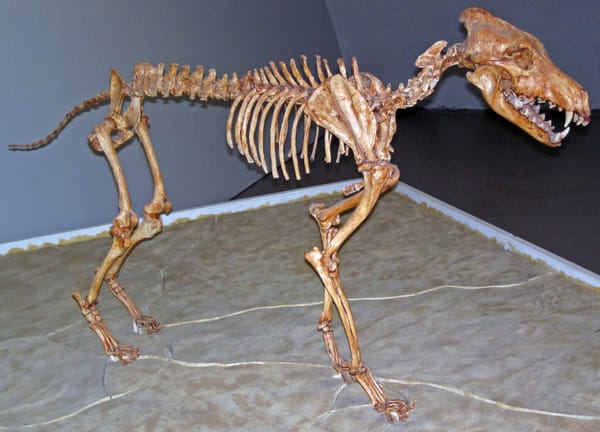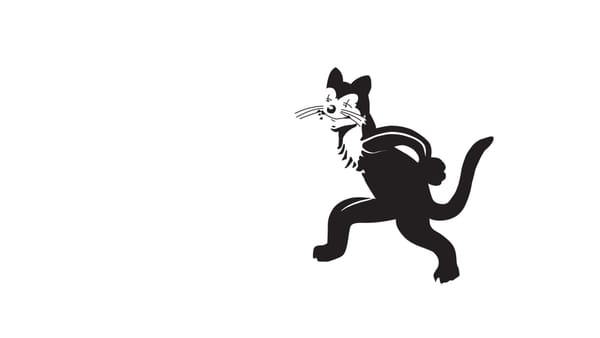Deconstructing the myth of 'prancing princes'
Why is male ballet not acceptable in the context of heteromasculinity?
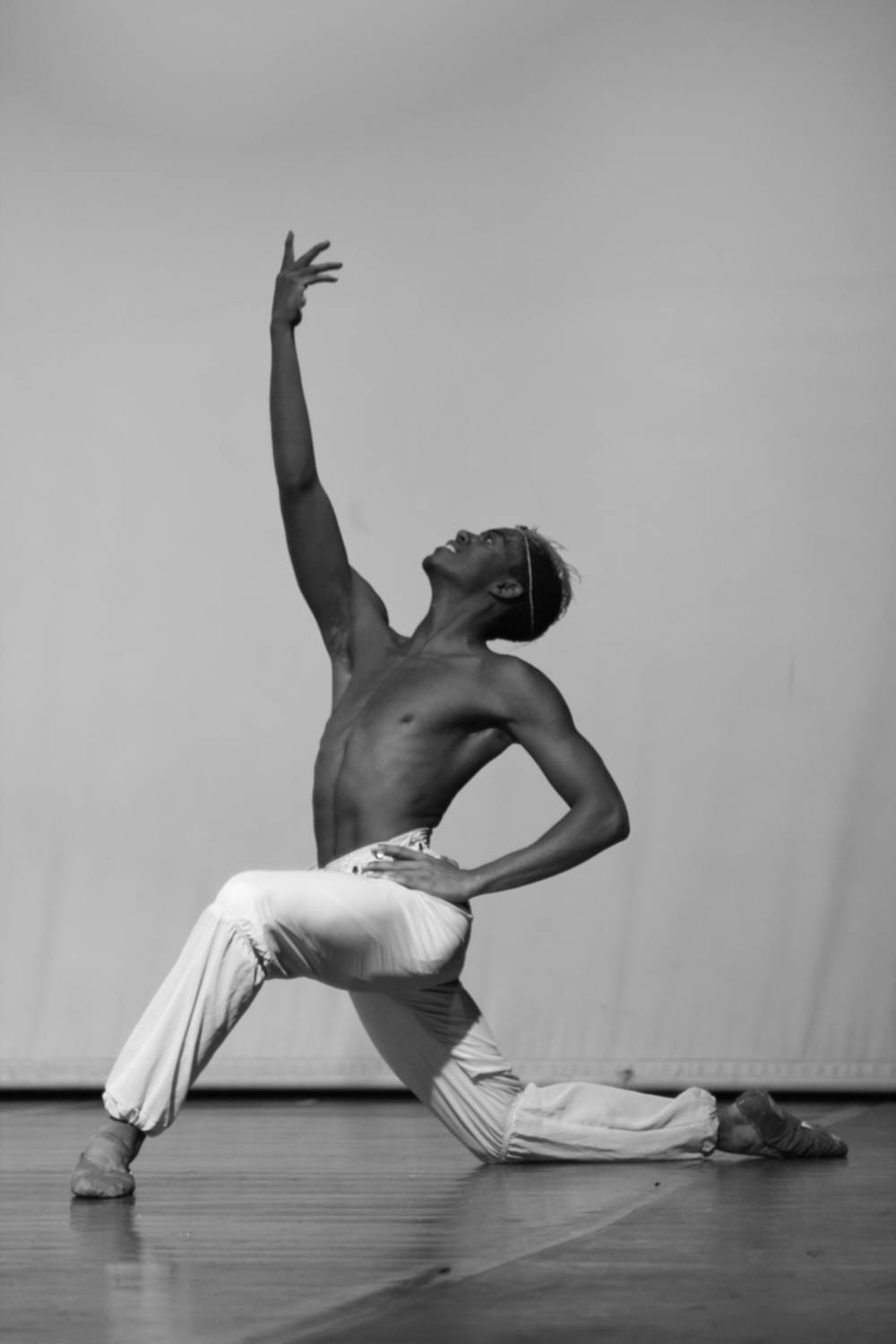
In 1976, tongue firmly in cheek, social scientists Deborah David, and Robert Brannon, outlined the four tenets of American masculinity; “no sissy stuff”, “be a big wheel”, “be a sturdy oak”, and “give em hell”. The terms might be joking; the principles behind them are not; emotional constipation, testosterone fuelled posturing, and (violent) aggression form the basis of what sociologists call "hegemonic masculinity", in other words, the socially acceptable heteromasculinity of gunslinging cowboys from mid century Westerns. Male ballet dancers do not easily fit into this narrative, whether they have ripped abs or not. Ballet, in the eyes of many has resolutely fallen into the category of “sissy stuff”; "prancing princes" is how the critic Andrew Bland described classical male dancers in 1960. Sadly, the dogwhistle homophobia in Bland’s term and ones like it have not stayed relegated to the 60s. In 2003, a sociological study of male ballet dancers found that homophobic slurs were still used to describe male dancers and their work. The almost superhuman athletic feats that might’ve earned this cohort of real life Billy Elliots acclaim from the Reddit crowd had they taken place on a field, or a track, become the focus of derision when they take place on stage.
Why is this the case? Some have argued that while conventional athletics is about action to achieve a goal, dance is action for it’s own sake, for the sake of being seen. To be on display, to become an object of the female gaze is a threat to the conventional ideas of masculinity. For some, women are much more suited to the role of object; it’s no coincidence that figures in music-boxes, tiny figures spinning on cue are cast as ballerinas. These presumptions on a woman’s ability disregards the blood and sweat that make up the performances of real life ballerinas, in favour of the tautly held postures, and the tulle of their tutus. How to fit men into this narrative though? Throughout history, male dancers have been under pressure to embrace effeminacy (and to some degree the assumption of homosexuality that comes along with this) or utterly reject it in a display of over the top machismo.
Matthew Bourne’s Swan Lake attempts to subverts expectations to encompass both. In the original Swan Lake, a Tchaikovsky classic, Siegfried, a prince who is being married off by the Queen against his will, falls in love with Odette, a girl who is cursed to be a swan by day. Only true love will lift the curse cast by the evil Von Rothbart. Swan Lake is one of the few ballets that have taken root in the public consciousness. Rarely do new directors attempt any sort of major revision to the tried and tested format of the 19th century original. It was perhaps Matthew Bourne’s inexperience with ballet that allowed him the boldness to reimagine Swan Lake as a love story between two male leads.
In the Bourne staging, first performed in 1995 in Sadler’s Wells, the swans, traditionally a corps of female dancers are replaced by bare chested male dancers in feathered hose, faces done up in war-paint like black make up. Bourne has said he was inspired by the "aggressive, muscular" side of swans; the viciousness that belie their serene exteriors. One of the most iconic sequences from the original is the dance of the little swans. In this pas de quatre, four (female) dancers, arms linked, perform a piece of devilishly difficult synchronised choreography. In the Bourne version, the performance sheds its veneer of order; instead of restrained steps in synch, the dancers perform daring leaps, flapping their arms menacingly trying to intimidate each other rather than performing in harmony. This is a display of hegemonic masculinity, of power, not aestheticism. The movements are exaggerated, discordant with the familiar music, it’s meant to be at least a little funny - a send up of how gung-ho masculinity looks in this scenario. It would’ve been easy for the whole production to descend into parody, but Bourne’s Swan Lake remains a story of tortured love. The prince is revealed to be closeted, visions of men haunt him; in the opening scene, he starts awake from a dream about a strangely alluring man. Later on in the first act, on a night out in a club full of sailors, the prince’s dances, thus far subdued, become sexually charged. It is not meant to be; the night ends in a physical altercation which leaves Siegfied bruised and bloody on the pavement. He is rebuffed by his mother, and the woman he was seeing is revealed to be on the payroll of the evil Secretary who is seeking influence at the palace. Despondent, the prince stumbles into a deserted park, where he meets the Swan King.
The performance by the dancer in the role of the Swan King is by turns menacing and sensual. He radiates a certain wildness in his solo performances. However, the pas de deux between the prince and the Swan King are tender, loving. If the dance of the little swans is played for laughs, this central relationship is thankfully, not. Matthew Bourne has said depicting a romantic relationship between the Swan King and the prince was not his ‘explicit intention’, but the homoeroticism is fairly evident. In this production, the characterisation of male ballet dancers comes full circle; rather than rejecting the associations with homosexuality, Swan Lake reclaims it. In doing so, it creates a far richer, far truer, and most importantly, a far more interesting depiction of masculinity.

